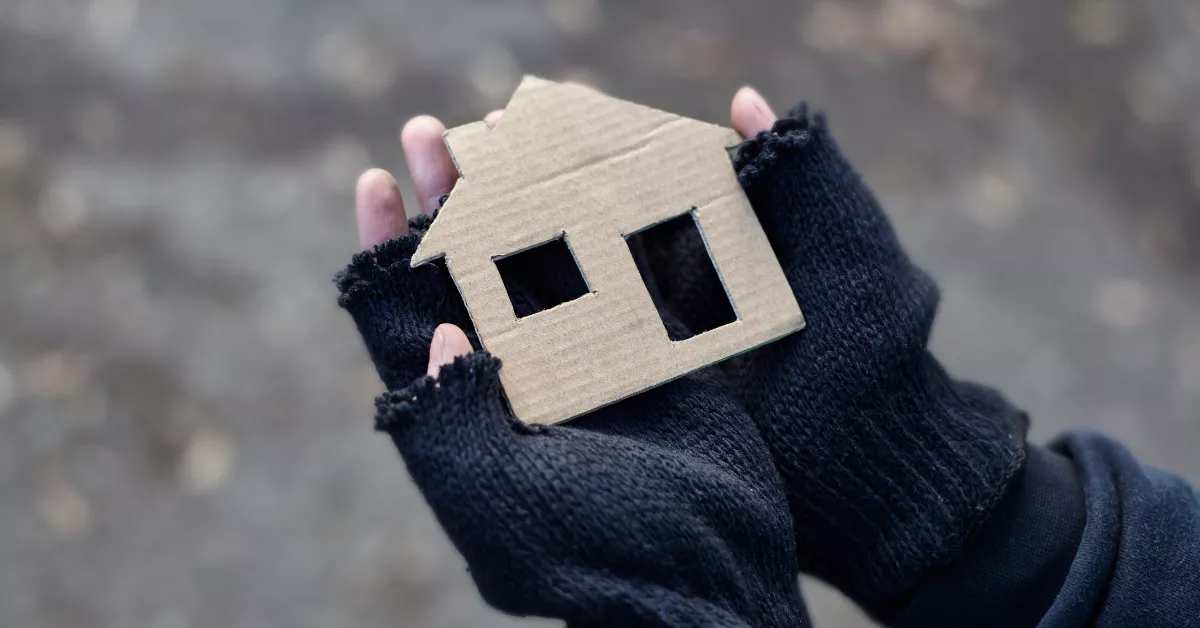The US Department of Housing and Urban Design (HUD) released a report to Congress called 2023 Annual Homelessness Assessment Report (AHAR). According to the Point-in-Time count, an all-time high of 653,104 people were experiencing homelessness in the US on a single night in January 2023, a 12% increase from 2022. 28,036 people experienced homelessness in Washington state, up 18% since 2020 despite a pandemic-era eviction moratorium. Washington state is 4th in the nation for people experiencing homelessness, behind only California, New York, and Florida.
In parallel with increasing homelessness, deaths from overdoses in the US have soared from 47,523 in January 2015 to 109,962 in January 2023, an increase of over 56%. Washington State overdose deaths rose 38.5% from 2022 to 2023. The crisis has gotten so bad that some HUD employees are urging for policies that make Naloxone and other overdose reversal medications “as available in public housing as smoke detectors and fire extinguishers.”
States are spending more and more on homelessness while outcomes continue to get worse. San Francisco, notorious for its homeless problem, spent $1.1 billion on homelessness in 2021, more than the national budget of Samoa. In 2016, San Francisco’s homelessness budget was $202 million and the homeless population was 12,249 people ($16,491 per person). However, in 2021, the budget grew over 5X while the homeless population rose to 19,086, a growth of over 55.8% since 2016. Spending per person increased to $57,633, a growth of nearly 3.5X.
Washington State spent $143 million in 2022 to house 1,068 homeless people living in encampments on state-owned land near the highway. 836 of those people remained in housing when the report was published, for a cost of $171K per person. Funds for that program are running dry, so Governor Inslee has requested $100 million more for that program in the 2024 supplemental budget. In comments about the funding request, Inslee admitted that the funds are meant to give the appearance of improvement, so Washington drivers “are not seeing a scourge of homelessness up and down our highways.”
Increased spending results in outcomes that are opposite of what is intended, a classic case of treating the symptoms but not the cause.
Washington State’s Housing Supply Crisis
Data scientists from Washington State’s Department of Commerce point to rising rent, driven by a housing shortage, as the main factor underpinning rising homelessness. Other sources (here, here, and here) also put the blame foremost on housing affordability and income.
Washington State’s population reached 8 million people and is forecast to grow to 9 million by 2038. Seattle is the nation’s fastest growing market for young tech talent. Hundreds of thousands of tech workers are migrating to Washington State and competing for a shrinking supply of single-family rental homes. To make matters even more complicated, Washington State is home to over 300,000 undocumented immigrants. Undocumented migrants also need a place to live, which means that they must compete with locals for low income and affordable housing. All of these factors contribute to large (and growing) housing shortage.
Washington State’s housing supply shortage currently lies in the range of between 140K housing units to 225K housing units. The Department of Commerce reported that Washington state needs to build 1.1 million new housing units by 2043 to keep pace with demand, population growth, and immigration. At current levels of housing production, Washington State will add 160K to 180K housing units to our deficit over the next 20 years, or between 8,000 to 9,000 units per year. 65% of the deficit must be built in just 4 out of 39 counties: Clark, King, Pierce, and Snohomish.
A report called Washington State’s Housing Affordability Crisis published by Washington State Lieutenant Governor Denny Heck’s office in 2021 describes the cascade of people being forced down the housing ladder as a result of being “priced out”:
“As fewer Washingtonians can afford the high costs of shelter, people begin falling off the housing ladder statewide: those once able to buy pricier homes step down to housing meant for median-income families; households once living in median-income units drop to low income affordable housing or renting; those once renting or living in low-income affordable housing become homeless.”
Possible Solutions
While many factors contribute to homelessness, not all of these factors can be addressed through policy directly. Homelessness has reached record levels in Washington State, which should clearly indicate that our current policies are not working. While we can disagree about the proper policy responses, there appears to be a consensus across the political spectrum that the housing supply crisis is the biggest factor behind rising homelessness in Washington State. If we want to address Washington State’s housing crisis, we need to focus on passing policies that increase the housing supply while avoiding policies that shrink it.
Policies that motivate Washingtonians to add to the housing supply may help us stall or even reverse rising homelessness. If the housing shortage is really the leading cause of homelessness, adding to the housing supply at all steps of the housing ladder is our best way out. Allowing Washingtonians to add units to the lowest rungs of the ladder (housing units under $500 per month) may also help keep many people off the street. For more policy ideas that aim to increase housing supply, check out our article called “The True Costs of Bad Housing Policy.”


One response to “Is Homelessness a Housing Supply Problem?”
I love what you guys are usually up too. This kind
of clever work and coverage! Keep up the good works guys I’ve added you guys to my
blogroll.